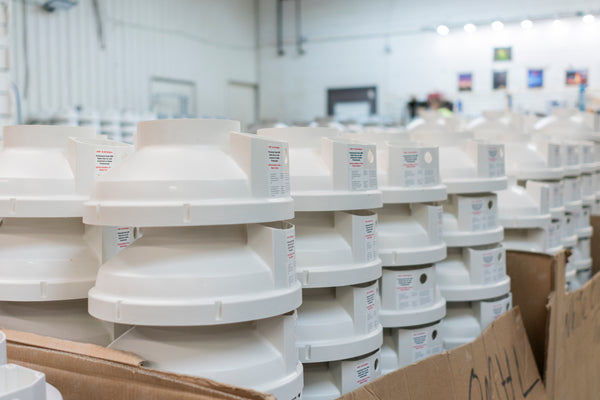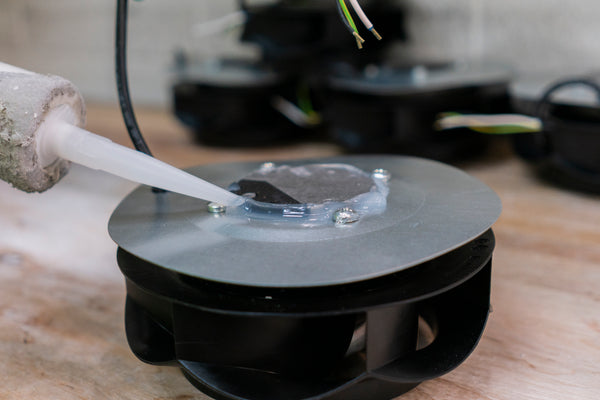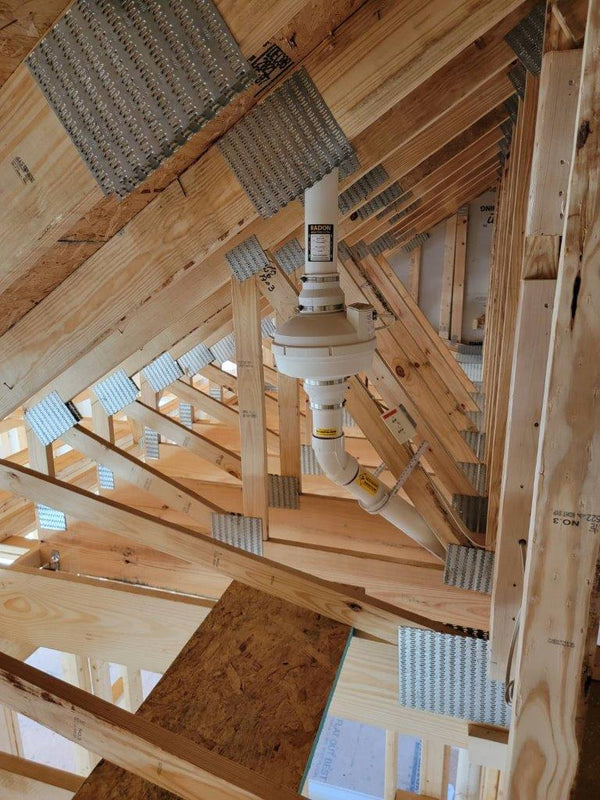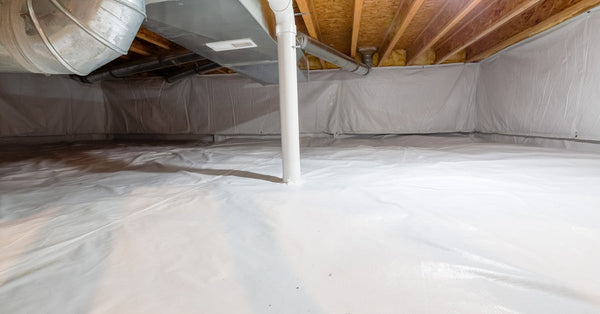
Crawl Space Encapsulation vs. Ventilation
Your home’s crawl space, the shallow area beneath the first floor, plays a significant role in the overall health of your house. It affects everything from structural integrity to indoor air quality. Homeowners often face a critical decision regarding how to manage this space: should it be encapsulated or ventilated?
This choice has long been a subject of debate, with each method offering a different approach to managing moisture, temperature, and air quality. Understanding the differences between crawl space encapsulation and ventilation is the first step toward making an informed decision that protects your home and improves your living environment.
What Is Crawl Space Encapsulation?
Crawl space encapsulation involves completely sealing the crawl space from the outside environment. The primary goal is to create a barrier that prevents moisture, pests, and unconditioned air from entering this part of your home. The process includes covering the floor and walls of the crawl space with a durable vapor barrier, which is typically a thick sheet of polyethylene plastic. You seal all seams of this barrier with specialized tape.
Additionally, any vents leading to the outside are closed and sealed, and the access door is weather-stripped to create an airtight entry. In many cases, a dehumidifier or a conditioning system is installed within the encapsulated space to control humidity levels, keeping the air dry and stable. This method transforms the crawl space into a clean, dry, and conditioned part of the home’s envelope.
What Is Crawl Space Ventilation?
Crawl space ventilation is a traditional method for managing the area beneath a home. This approach operates on the principle that allowing outside air to circulate through the crawl space will help dry out any moisture that accumulates. It involves installing vents in the foundation walls to promote airflow. Historically, building codes often required these vents under the assumption that cross-ventilation was sufficient to prevent moisture-related problems, such as mold, wood rot, and pest infestations.
Some ventilation systems are passive, relying solely on natural air currents, while others might use fans to pull air through the space. The idea is to continuously exchange the damp, stagnant air inside the crawl space with drier air from the outdoors.

Encapsulation vs. Ventilation: Benefits and Drawbacks
When choosing between encapsulation and ventilation, homeowners must weigh the distinct advantages and disadvantages of each method.
Encapsulation Benefits
Encapsulation offers substantial benefits, primarily superior moisture control. By completely sealing the crawl space, it effectively stops ground moisture and humid outside air from entering. This controlled environment significantly reduces the risk of mold growth and wood rot, which protects the structural integrity of your home. Encapsulation also improves indoor air quality. Since a large portion of the air in your home can rise from the crawl space, a clean, dry, encapsulated area means healthier air circulating throughout your living spaces.
Another major advantage is improved energy efficiency. An encapsulated crawl space is better insulated, which reduces the workload on your heating and cooling systems and can lower your utility bills. The primary drawback of encapsulation is the initial cost.
Encapsulation Disadvantages
The materials and professional labor required make it a more significant upfront investment compared to ventilation. There is also a risk that if a plumbing leak occurs, the water may become trapped beneath the vapor barrier, making it difficult to detect and repair.
Ventilation Benefits
Ventilation, on the other hand, has a much lower initial cost, which is its main appeal. Installing vents is a relatively simple and inexpensive process. This price point has made it the standard practice for many years. However, the drawbacks of ventilation are considerable, especially in humid climates.
Ventilation Disadvantages
In many regions, the outside air contains more moisture than the air inside the crawl space. Ventilating with this humid air can actually introduce more moisture, exacerbating the problems it can solve. This humidity can lead to persistent dampness, mold, and wood decay.
Vented crawl spaces are also less energy-efficient. During winter, cold air enters through the vents, causing the floors to be cold and increasing heating costs. In the summer, hot, humid air can increase the load on your air conditioning. Furthermore, open vents provide an easy entry point for pests like insects and rodents, creating another set of problems for homeowners.

Ideal Scenarios for Each Method
The best choice between encapsulation and ventilation largely depends on your regional climate and the specific conditions of your home.
Encapsulation Considerations
Encapsulation is the highly recommended solution for homes located in humid climates. In areas where outdoor humidity is consistently high, ventilating the crawl space will likely introduce more moisture than it removes. For homes that already have signs of moisture problems, such as musty odors, visible mold, or damp insulation, encapsulation is the most effective way to resolve these issues permanently.
It creates a controlled environment that stops moisture at its source. Homeowners looking to improve their home’s overall energy efficiency and indoor air quality will also find encapsulation to be the superior option. The investment often pays for itself over time through energy savings and prevented repair costs. Homeowners planning to purchase crawl space encapsulation supplies for a project should source high-quality materials to achieve the best results.
Ventilation Considerations
Ventilation might be considered a viable option only in very specific, arid climates where the outdoor air is consistently dry. In such desert-like environments, the air brought into the crawl space through vents may actually help to reduce moisture levels.
However, even in these areas, ventilation does not address issues like energy loss or pest entry. For this reason, many building science experts now recommend against vented crawl spaces regardless of the climate, favoring the more reliable and comprehensive solution that encapsulation provides.
DIY vs. Professional Installation
After deciding on a method, the next question is whether to handle the installation yourself or hire a professional.
DIY Approach
A DIY approach to ventilation is relatively straightforward, typically involving the installation of vent covers or fans. However, given the limited effectiveness of ventilation, this may not be a worthwhile project. DIY encapsulation is a much more complex and labor-intensive task. It requires meticulous attention to detail to properly install and seal the vapor barrier, close off all vents, and insulate the walls.
Mistakes in the installation process can compromise the entire system, resulting in trapped moisture and other issues. While a homeowner with significant construction experience can undertake this project, the risks are high.
Professional Approach
Hiring a professional for crawl space encapsulation is the recommended path for most homeowners. Experienced contractors have the specialized knowledge, tools, and high-quality materials to complete the job correctly. They can accurately assess your crawl space’s specific needs, address any existing issues like mold or water damage, and install a system that performs effectively for years to come.
While the professional installation costs more upfront, it provides peace of mind and a guarantee of quality artistry. This professionalism will protect your investment and your home.
Choosing the Right Path for Your Home
Ultimately, the decision between crawl space encapsulation and ventilation depends on your home’s specific needs, your local climate, and your long-term homeowner goals. By carefully considering these factors, you can select the method that best protects your home’s structure and creates a healthier living environment for you and your family.

